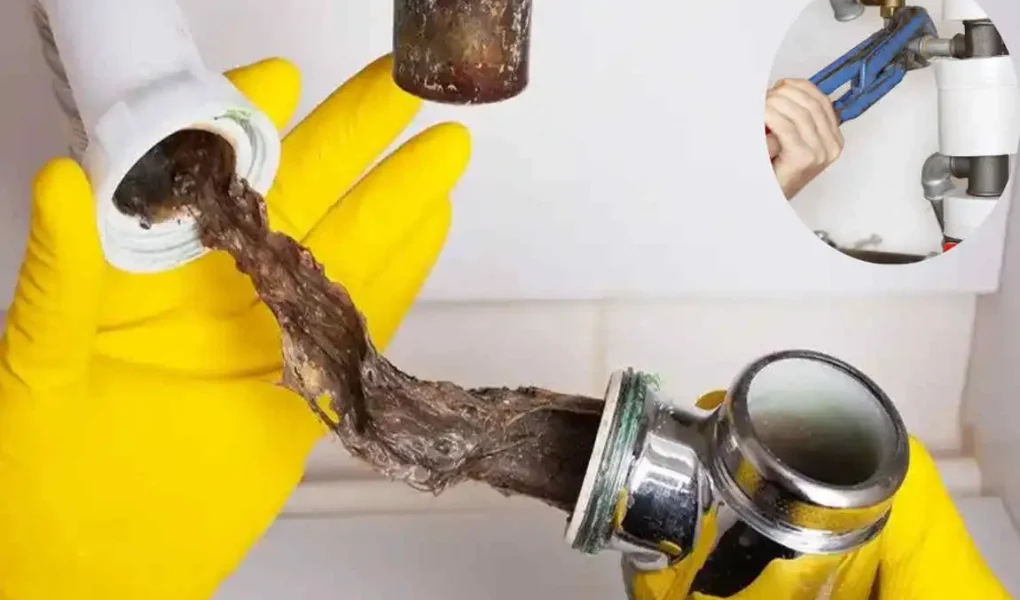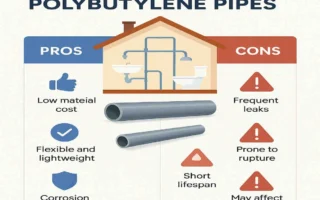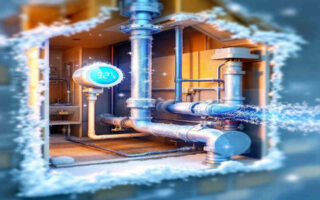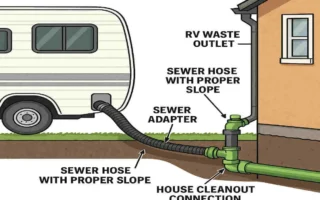A clogged water line in your home can disrupt water flow and cause inconveniences like low water pressure or backups. Unclogging water lines typically involves shutting off the main water supply, identifying the clog location, and using tools like plungers or plumber’s snakes to break up and clear the blockage. Flushing the lines with hot or boiling water afterward helps ensure debris is entirely removed, restoring normal water flow. If issues persist, contacting a professional house plumber is advised for a thorough inspection and cleaning.
The Importance of Maintaining Clear Water Lines
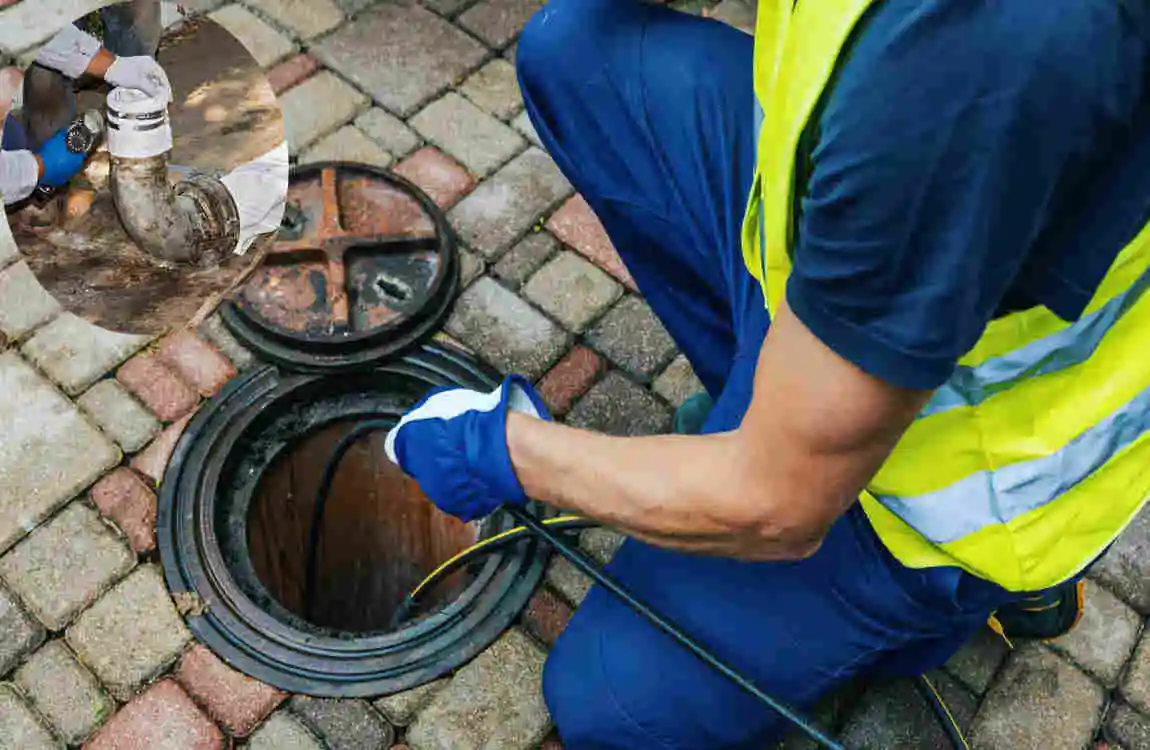
Clear water lines are vital for any household. When they’re functioning correctly, you enjoy reliable access to clean water, whether it’s for drinking, cooking, or bathing.
Clogged pipes can lead to a cascade of problems. Reduced water pressure is usually the first sign that something’s off. Over time, blockages can cause leaks and even burst pipes if left unchecked.
Maintaining clear lines ensures that appliances like dishwashers and washing machines operate efficiently. It saves energy and extends their lifespan, too.
Regular checks can prevent minor issues from becoming costly repairs later on. Keeping those water lines free-flowing is key to a smooth-running home.
Identifying the Signs of a Clogged Water Line
Recognizing the signs of a clogged water line can save you from bigger issues down the road. One significant indicator is slow drainage in sinks or tubs. If water takes longer than usual to flow away, it’s time to investigate.
Another telltale sign is unusual gurgling noises when you use plumbing fixtures. These sounds often suggest that air is trapped due to a blockage.
Watch for discoloration in your water as well. A brownish tint might indicate rust buildup or sediment accumulation, hinting at deeper issues within your pipes.
If you notice an increase in your water bill without any change in usage, this could signal leaks caused by clogs affecting the pressure within your system. Addressing these indicators early can help maintain clear and efficient water lines throughout your home.
DIY Methods for Unclogging Water Lines
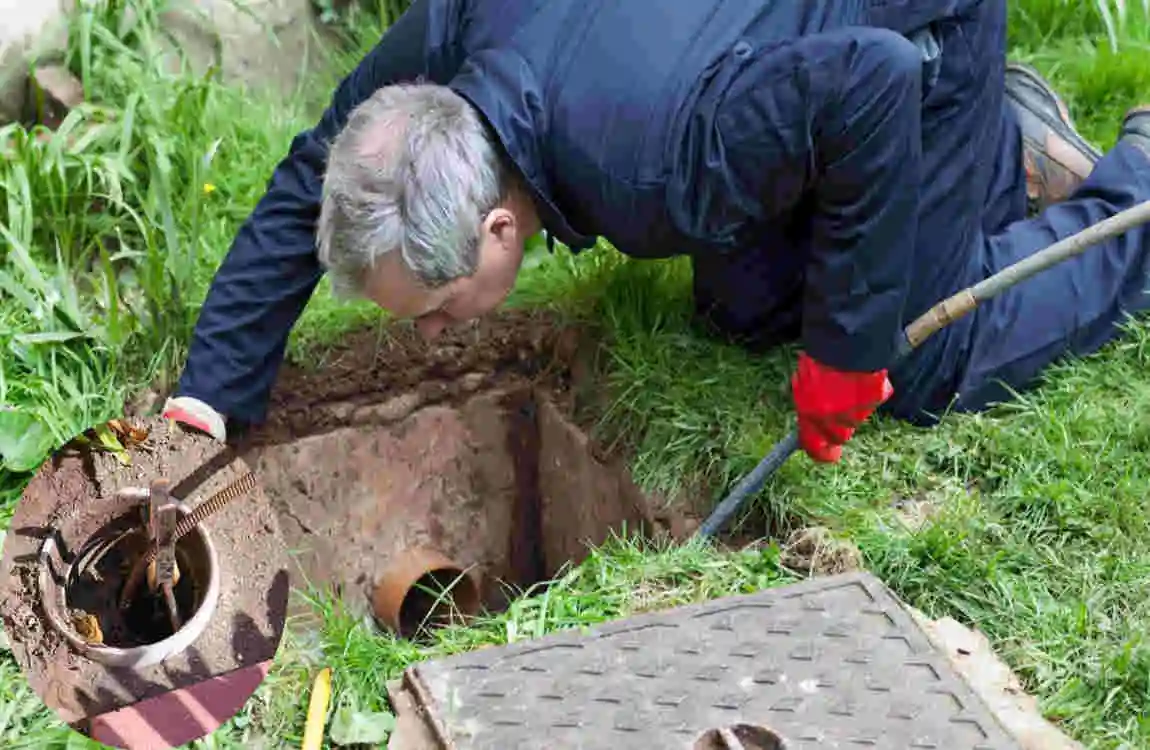
For many homeowners, tackling a clogged water line can feel daunting. Fortunately, there are several effective DIY methods to clear blockages without calling in the professionals.
One popular approach is using baking soda and vinegar. Pour half a cup of each down your drain, let it fizz for about 30 minutes, then flush with hot water. This natural combination works wonders at breaking down organic material.
Another method involves flushing your lines with hot water mixed with dish soap. The heat helps dissolve grease and soap buildup that often leads to clogs. Pour boiling water slowly into the affected area after adding the soapy mixture.
You may also read (navigating nyc plumbing license free home repairs).
If those don’t do the trick, grab a plunger or plumber’s snake. A few solid plunges can dislodge stubborn clogs quickly, while a snake reaches deeper blockages within pipes effectively.
Using Baking Soda and Vinegar
One of the most popular and effective methods for unclogging water lines in your house is using baking soda and vinegar. This natural duo works wonders when it comes to dissolving buildup.
Start by pouring a cup of baking soda down the affected drain. Make sure it’s dry, as moisture can reduce its effectiveness. Follow that with a cup of vinegar, which will create a fizzy reaction.
Let this concoction sit for about 30 minutes. The bubbling action helps break apart any sludge or debris clogging your pipes. Afterward, flush the system with hot water to wash away the remnants.
This method is not only eco-friendly but also cost-effective compared to harsh chemicals. It’s an easy first step before considering more invasive techniques or calling for professional help if necessary.
Flushing with Hot Water and Dish Soap
Flushing your water lines with hot water and dish soap can be an effective method to tackle clogs. Start by boiling a pot of water. Once it reaches a rolling boil, carefully pour it down the affected drain.
Next, grab some liquid dish soap. A generous squirt will do wonders in breaking down grease and debris that may have built up inside the pipes. Pour this directly into the drain, allowing it to sit for a few moments.
After you’ve allowed the soap to work its magic, follow up with another round of hot water. This combination helps dissolve blockages while also flushing them away efficiently.
It’s essential not to use boiling water on plastic pipes; instead, opt for very hot tap water. This simple yet powerful duo is often overlooked but can yield remarkable results when dealing with stubborn clogs in your home’s plumbing system.
Utilizing a Plunger or Snake
If you’re dealing with a stubborn clog, grab a plunger. This handy tool is not just for toilets; it works wonders on sinks and drains, too. Make sure to create a good seal around the drain before you start pumping.
A few firm thrusts can often dislodge whatever’s causing the blockage. It’s all about that suction action! Keep at it until water starts draining smoothly again.
For deeper clogs, consider using a plumbing snake. This flexible tool can reach far down your pipes, breaking up or pulling out debris that may be stuck deep within.
Insert the snake into the drain and twist as you push forward. When you feel resistance, continue turning to break through any obstruction. Once you’ve cleared it, flush with water to ensure everything is flowing freely once more.
When to Call a Professional Plumber
Sometimes, DIY methods just don’t cut it. If you’ve tried several techniques to unclog your water lines and nothing seems to work, it may be time to call in a professional.
Persistent clogs can signal deeper issues within your plumbing system. A plumber has the expertise to identify underlying problems that might not be visible.
If you notice multiple drains backing up at once, this could indicate a serious issue with your main sewer line. Please don’t ignore these signs; they often require specialized tools and experience beyond basic fixes.
Investing in professional assistance now can save you from costly damage down the road. Your home deserves proper care when plumbing challenges arise.
Preventative Measures to Avoid Clogged Water Lines
Keeping your water lines clear requires regular maintenance. Simple habits can make a significant difference.
Start by being mindful of what goes down your drains. Avoid pouring grease or oils, as they solidify and create blockages over time.
Consider using drain screens in sinks and tubs to catch hair and debris before they enter the pipes. Cleaning these screens regularly helps maintain flow.
Regularly flushing your pipes with hot water can also prevent buildup. This simple step keeps things flowing smoothly.
Invest in annual plumbing inspections. A professional can identify potential issues before they escalate into significant problems, ensuring peace of mind for you and your home’s plumbing system.
You may also read (mastering wall venting home plumbing solutions revealed).

